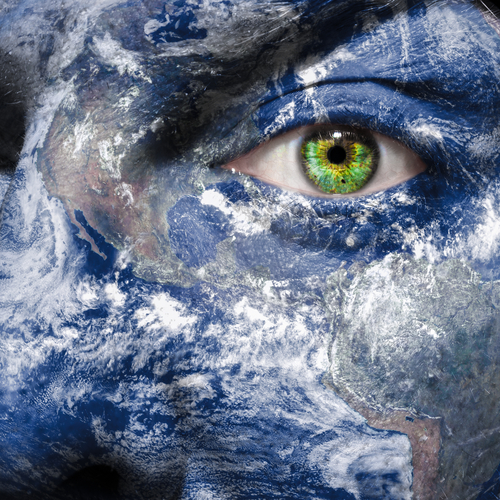Climate Change and Worker Health—Rising Risks
 |
Employers in the United States have long been governed by laws and regulations designed to provide a safe and healthy environment for workers. But climate change presents a new set of worker risks that are just beginning to be understood. Although many of the actual risks are the same as those for the general public, certain occupations may be more vulnerable due to circumstances they are unable to avoid in the performance of their jobs.
According to NIOSH, while both indoor and outdoor workers may be impacted, certain sectors may be “particularly vulnerable,” including emergency responders, healthcare workers, firefighters, utility workers, farmers, and transportation workers. For example, climate change is expected to bring about an increase in wildfires, which will, in turn, require more wildland firefighters, increasing risk to those workers. From another perspective, climate change is also helping to spur the growth of renewable energy, again requiring more utility workers who may be at risk.
But the impacts of climate change should also be considered for economically disadvantaged workers such as migrants and day laborers. These workers may be impacted both on the job and at home due to substandard living conditions or other “social and economic constraints” subjecting them to more exposure and risk than other workers.
Forget expensive calls to lawyers and consultants. With Enviro.BLR.com, you get instant access, 24/7. Try it out today and get the 2015 EHS Salary Guide, absolutely free. Download Now.
The NIOSH also breaks out worker risks as either direct or indirect, which are often related, including:
- Increased ambient air temperatures and longer and more frequent hot spells may increase the risk of heat stress and heat-related illnesses like heatstroke, decreased chemical tolerance, and fatigue. Indirect impacts may be less attention to safety resulting in increased risk of injury and “irritability that may lead to carelessness.”
- Air pollution that is increased by higher air temperatures can cause respiratory illnesses and allergic disorders.
- Extreme weather events that are on the rise and have been associated with death, injury, disease, and mental stress in workers. Indirectly, severe weather may impact buildings and other infrastructure, which can result in workers being placed in “new or unfamiliar circumstances” increasing risk of traumatic injury. Power loss that disrupts information technology systems can also impede normal standards of control and hazard identification.
- Vector-borne diseases and expanded vector habitats brought on by changing temperatures and rainfall may impact pathogens, hosts, and allergens. For example, emergency responders and healthcare workers may be particularly impacted by waterborne and foodborne pathogens due to increased prevalence and distribution. Other impacts may include earlier flowering plants and longer pollen seasons, more mold in buildings impacting both inhabitants and construction and renovation workers, and increased growth and wider distribution of poisonous plants like poison ivy that may flourish thanks to higher temperatures and atmospheric carbon dioxide.
Everything You Need for Environmental Compliance
Enviro.BLR.com puts everything you need at your fingertips, including practical RCRA, CAA, CWA, hazardous waste regulatory analysis and activity, news, and compliance tools. Try it at no cost or risk and get a FREE report.
Similarly, disease-carrying insects are also impacted, including increasing populations, longer disease transmission seasons, and expanding ranges. These include West Nile virus from mosquitoes and Lyme disease which are particular threats to outdoor workers. In addition, the threat of new diseases like dengue fever and chikungunya virus is growing and with them increased use of pesticides that may put workers at further risk.
- Making the “built” environment more protective from climate change can sometimes have negative results. For example, tighter building envelopes may keep out the weather; however, a number of health issues can also arise, including poor indoor air quality or radon buildup resulting in sick building syndrome and building-related illnesses among workers.
- Industrial transitions from extreme weather that damages infrastructure and buildings can also have negative impacts on worker health while new “greener” industries and technologies designed to address climate change may also present health and safety problems that must be identified and controlled.
